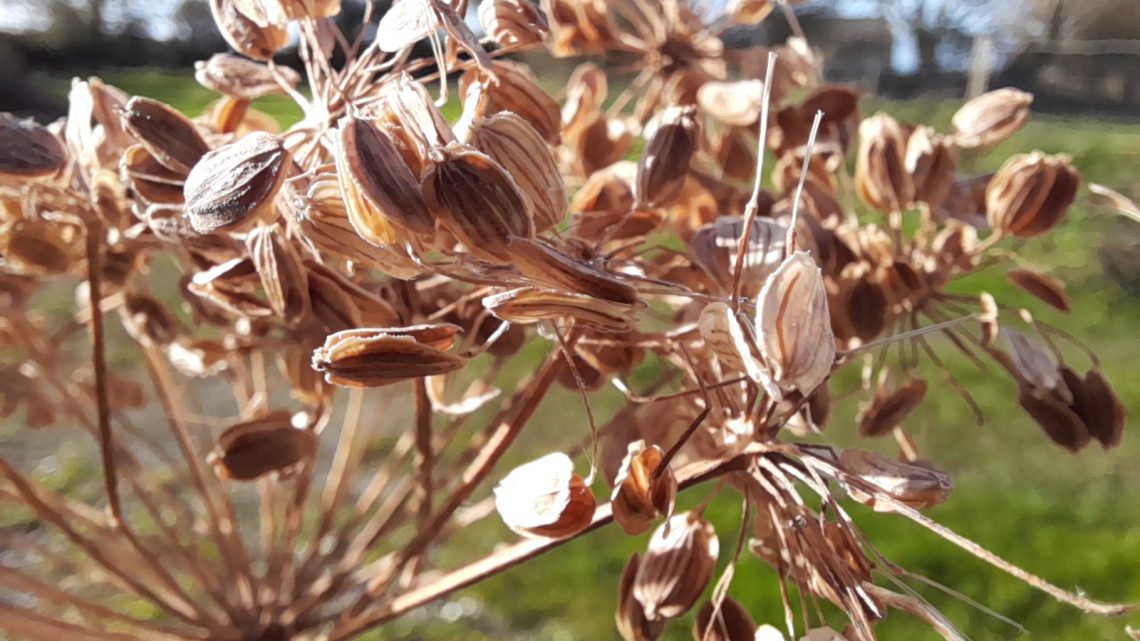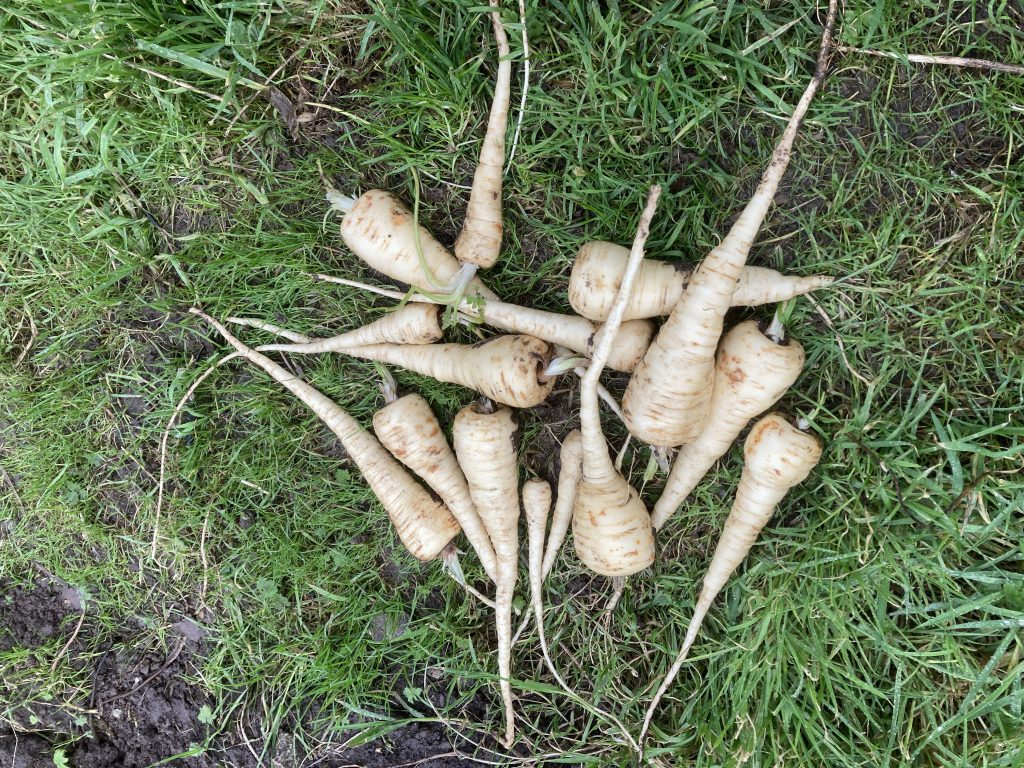
Disgrifiad –
Llysieuyn o deulu’r foronen yw panasen (Lladin: Pastinaca sativa) lluosog “Pannas”. Yng Nghymru, ceir cofnod ohoni’n dyddio yn ôl i gyfnod y Rhufeiniad. Yn ôl y gwyddonwyr mae hi’n perthyn hefyd i deulu’r helogen (neu seleri), persli a ffenel. Caiff ei thyfu er mwyn ei gwreiddiau gwyn, hir, sy’n fwytadwy.
Cyn dyfodiad y fetysen siwgr defnyddwyd hi i wneud siwgr ac mae rhai’n honni bod gwin panasen yn debyg i Madeira. Fe’u bwyteir gan amlaf wedi’i rhostio, neu fel greision tenau, neu’n stwns. Mae’r dail yn cynnwys cemegyn ffotosensitif. Yn aml iawn drysir pobl o ddwyrain Ewrop lle bwyteir gwreiddyn persli, sy’n debyg iawn o ran ei golwg, ond nid o ran ei blas. Bwydir pannas i anifeiliad yn yr Eidal, Ffrainc a gwledydd eraill. Yr enw llydaweg arni yw Panazenn, (Llydaweg Canol) panesenn; lluosog Panez.

Description –
The parsnip (Pastinaca sativa) is a root vegetable closely related to carrot and parsley, all belonging to the flowering plant family Apiaceae. It is a biennial plant usually grown as an annual. Its long taproot has cream-colored skin and flesh, and, left in the ground to mature, it becomes sweeter in flavor after winter frosts. In its first growing season, the plant has a rosette of pinnate, mid-green leaves. If unharvested, in its second growing season it produces a flowering stem topped by an umbel of small yellow flowers, later producing pale brown, flat, winged seeds. By this time, the stem has become woody and the tap root inedible.
The parsnip is native to Eurasia; it has been used as a vegetable since antiquity and was cultivated by the Romans, although some confusion exists between parsnips and carrots in the literature of the time. It was used as a sweetener before the arrival of cane sugar in Europe.
Parsnips are usually cooked, but can also be eaten raw. It has a sweet flavor, not unlike carrots; is high in vitamins, antioxidants, and minerals (especially potassium); and also contains both soluble and insoluble dietary fiber. It is best cultivated in deep, stone-free soil. The plant is attacked by the carrot fly and other insect pests, as well as viruses and fungal diseases, of which canker is the most serious. Handling the stems and foliage can cause a skin rash if the skin is exposed to sunlight after handling.